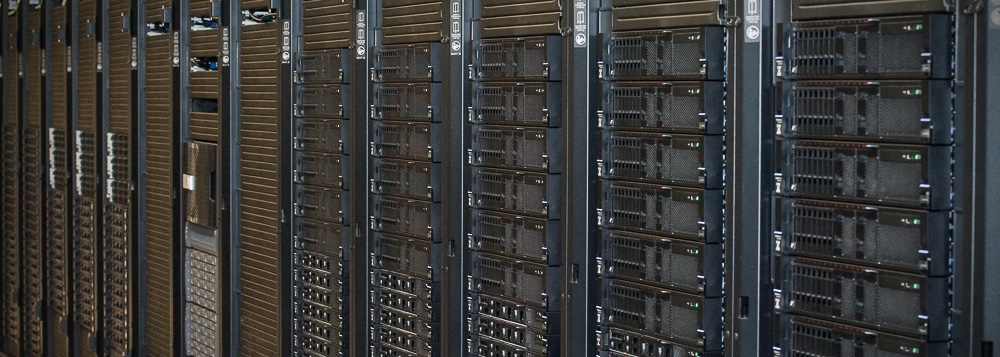
High Performance Computing
The O’Donnell Data Science and Research Computing Institute (ODSRCI) works with the Office of Information Technology (OIT) to provide the computational and digital data infrastructure necessary to support research endeavors of SMU’s faculty, researchers, and students. Access to a shared high-performance computing cluster, called ManeFrame III, is available to SMU researchers. This cluster features state of the art CPUs and GPUs, accelerators, networking, and storage technologies—making it one of the fastest high-performance computing environments of any private university campus in Texas. The other HPC platform available is the NVIDIA DGX superPOD. Installed in 2022, the DGX superPOD is specifically tailored for cutting-edge research in the fields of AI and machine learning.
To obtain an account on ManeFrame III or the DGX superPOD, click the links below.